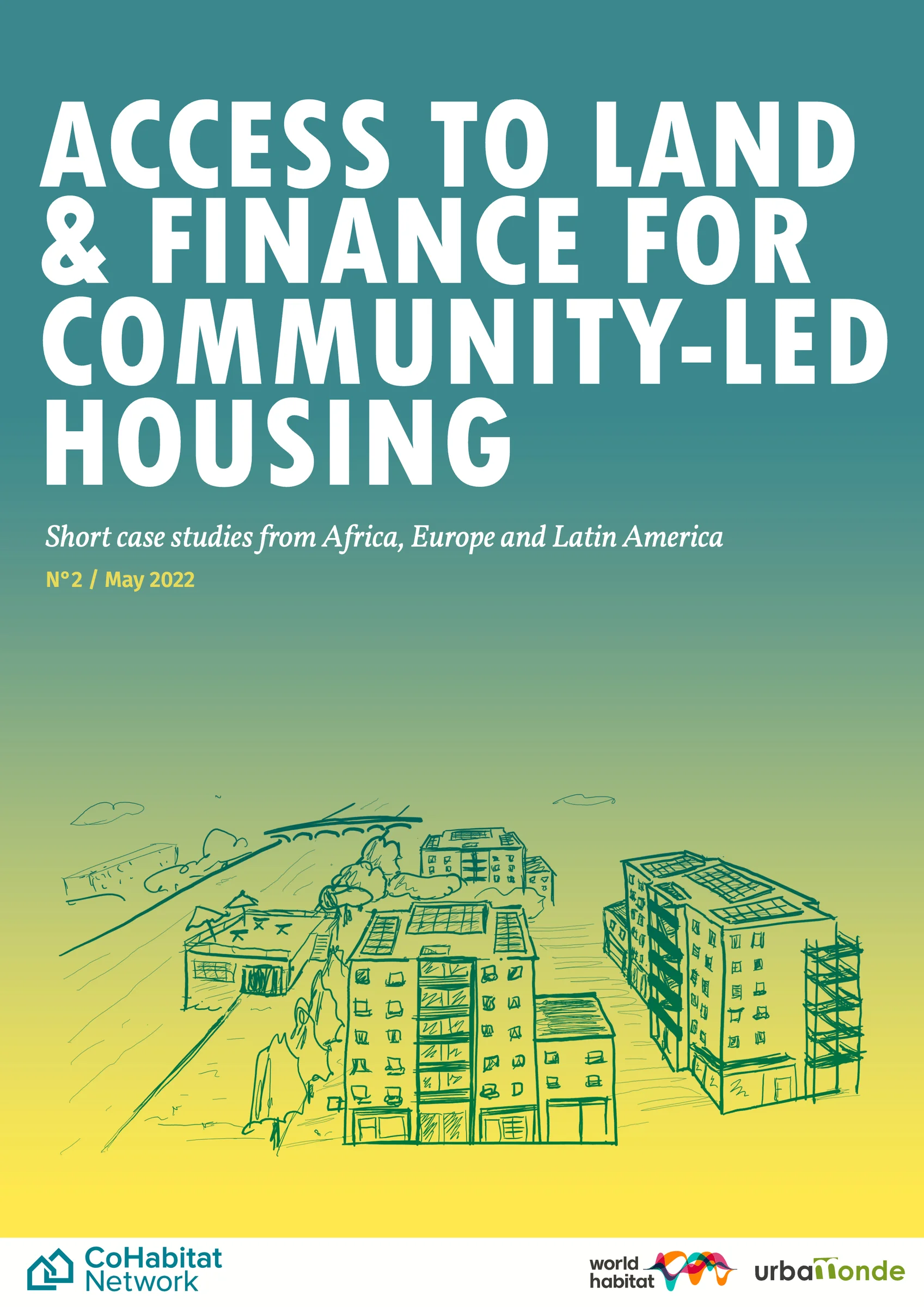Context and Publisher Information
This publication, titled "Access to land and finance for community-led housing (No 2)," was uploaded to the database on September 10, 2025. It is a collaboration between CoHabitat, an informal network of grassroots federations, NGOs, and academic institutions working towards securing housing rights through community-led initiatives, and World Habitat, an independent charity focused on promoting housing solutions for those in need. The authors of this publication include Nina Quintas, Pierre Arnold, and Léa Oswald from urbaMonde, a non-profit organization dedicated to advancing community-led housing.
Purpose of the Publication
The second issue of this publication features short case studies from Africa, Europe, and Latin America, examining how various community-led housing initiatives have successfully accessed land and finance. It aims to demonstrate that collective organization can empower vulnerable populations to overcome obstacles in securing adequate housing amid the financialization of the housing market.
Community-Led Housing Overview
Community-Led Housing (CLH) encompasses a variety of practices whereby groups of people work together to manage and improve their living environments. This approach fosters collective decision-making and can contribute to environmental sustainability and social inclusion. However, securing land tenure and affordable financing continues to be a significant challenge for these initiatives globally.
Key Findings from Case Studies
The publication includes five case studies from different regions, highlighting innovative strategies for accessing land and finance.
1. Dzivarasekwa Slum Upgrading Project (Harare, Zimbabwe): Established a revolving fund to upgrade informal settlements. The project involved community savings groups lending to members for housing improvements, resulting in 355 loans issued, benefiting 550 households.
2. COVICOFU (Montevideo, Uruguay): A mutual-aid housing cooperative formed after years of struggle for land rights. It demonstrated the importance of collective efforts in accessing state loans and subsidies for housing development.
3. Cooperativa Esperança (Rio de Janeiro, Brazil): This cooperative was formed to address poor housing conditions through mutual aid and self-help construction. The initiative faced challenges due to the lack of formal recognition of cooperatives in Brazil but managed to secure land and financing through community organization.
4. Mehr als Wohnen (Zurich, Switzerland): A cooperative that emphasizes sustainability and community-led initiatives. It has successfully integrated social diversity into its housing model and negotiated long-term lease agreements with the city to secure affordable land.
5. Spreefeld (Berlin, Germany): A mixed-use cooperative that emerged in response to gentrification. It employs a hybrid ownership model, offering both collective and private ownership options for residents, while navigating the complexities of rising real estate prices in Berlin.
Conclusion
The publication emphasizes the necessity of supportive policies from local and national governments to facilitate community-led housing initiatives. It advocates for innovative financial solutions and emphasizes the importance of community participation in overcoming housing challenges. By sharing these case studies, the publication aims to inspire similar projects and contribute to the growing movement for sustainable housing solutions across Europe and beyond.
